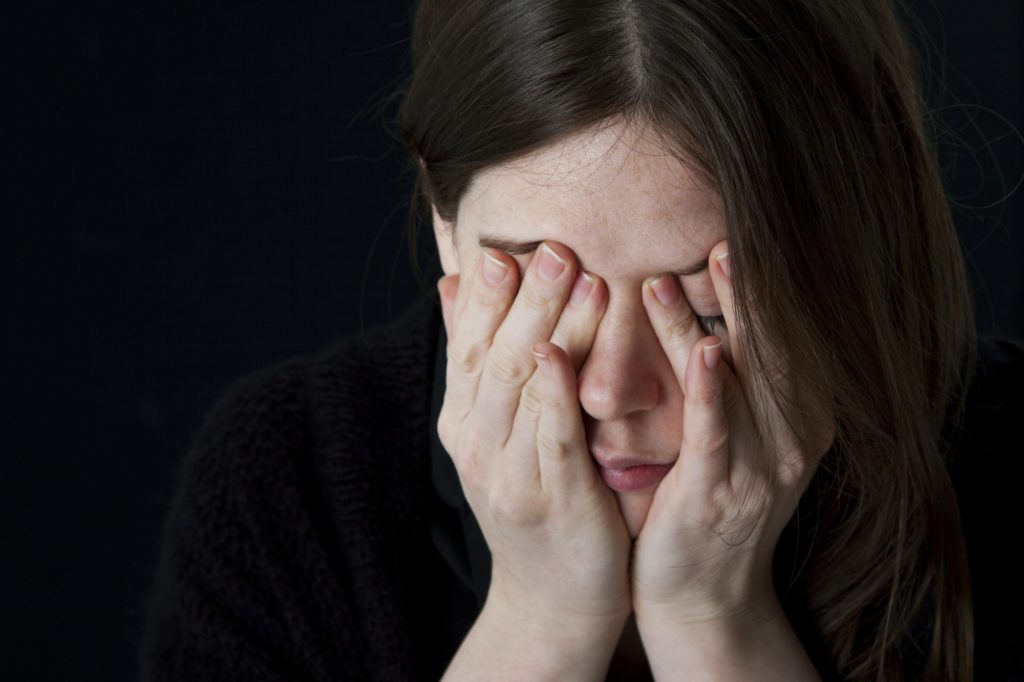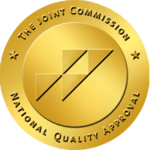As of January 2020, more than 161,000 people were experiencing homelessness. These individuals were living in their cars, tents, and even on the streets. The pandemic of 2020 certainly had an impact on homelessness in America.
According to the 2021 Annual Homeless Assessment Report (AHAR) to Congress, 51,429 people experienced sheltered homelessness in January 2021 as estimated by the Continuums of Care (CoC). California also had the biggest increase in sheltered homelessness between 2020 and 2021. This report also states that “California had the largest number of chronically homeless individuals”.
Addiction and homelessness often occur together and are related. It is important for anyone experiencing either problem to understand the risks and options.
Causes of Homelessness
Several potential problems result in chronic or recurring homelessness in California. While some people experience homelessness due to economic issues, others may face it for different reasons. These are some potential causes:
- Trauma
- Poverty
- Disability
- Unemployment
- Lack of affordable housing
- Domestic violence or disputes
- Physical or mental illnesses
- Divorce or breakups
- Substance abuse
- Death of a family member
- Criminal charges or legal troubles
Health and Safety Risk Factors for Homelessness
Not having a place to live can lead to many problems. After becoming homeless, there are health and safety risks, and some people are exposed to more risks than others. These are some common examples of health and safety risk factors related to homelessness:
- HIV
- Malnutrition
- Lung diseases
- Skin diseases
- New or worsening mental health issues
- Limited health care access
- Infections
- Unsanitary living conditions
- Stress
- Exposure to inclement weather
- Violence
Homelessness, Mental Health, and Addiction: Understanding the Connections
These are three common factors that are often connected to one another. It is important to understand the connections between them to better understand why treatment is critical. In some cases, a person may become homeless before developing an addiction.
Also, a person may become homeless before developing a mental health issue. In other cases, people may develop a mental health issue or an addiction before becoming homeless. According to the U.S. Department of Urban Housing and Development, there were more than 550,000 homeless people reported in 2019. Of that amount, more than 88,500 also had a chronic substance abuse problem. More than 100,000 were classified as severely mentally ill.
How Addiction Leads To Homelessness
As a person develops an addiction, the addiction takes over the individual’s life. It is important to remember that addiction is a chronic brain disease. Although it often starts with a choice to use an illegal substance, some people may start with a legal prescription. Since the substance changes signals in the brain, it can alter how people act. The brain seeks more of the rewarding feeling and creates cravings for the drug.
When a person knows the negative effects of a substance and cannot stop using it, that is the start of an addiction. Some effects that addiction has on the brain can lead a person to homelessness. For example, a person may stop paying bills or rent to buy more of a substance.
Also, a person may lose a job for failing a drug test. Losing income can lead to homelessness. Others may be kicked out of a family home for using the substance and refusing to stop. Those are just a few examples. People who are struggling with addiction tend to behave in ways they normally would not behave, which leads to negative outcomes.
How Homelessness Leads To Addiction
Not all people who are homeless wind up with an addiction. Also, many people who become homeless experience the problem for reasons other than addiction. However, the negative effects of homelessness can lead a person to seek drugs or alcohol.
For example, a person may feel depressed and may want a way to alleviate those feelings. Others may feel like giving up hope of returning to normal life and they might turn to substance use. Additionally, some people are more exposed to illegal substances on the streets. They may wind up selling drugs to make money and may start to use these substances themselves. There are many possibilities.
Mental Health's Role in Addiction and Homelessness
Both addiction and homelessness can be effects of mental health problems. Sometimes, a mental health problem may be at the root of both issues. For instance, a person with depression may develop an addiction and become homeless because of it.
Research shows that between 20% and 25% of homeless people suffer from mental illness. In comparison, only about 6% of people who are not homeless have a mental illness. Genetics, childhood trauma and various social factors often contribute to mental illness and substance use disorders. People who have these risk factors are more likely to have mental illnesses, develop substance use disorders, and become homeless.
Some people may become homeless because of a mental illness without developing a substance use disorder. However, research shows that many people who are homeless and have a substance use disorder also have an untreated mental health need. Homeless people may use alcohol or drugs to treat the negative feelings they experience because of a mental health issue. Whether two or all three issues are involved, proper treatment is necessary to beat addiction.
Negative Impact of Homelessness and Substance Abuse
In addition to the risk factors related to health and safety, there are other potential negative effects. These are some examples:
- Job loss
- Loss of friends
- Criminal convictions
- Relationships strained as family members
- Loss of professional credentials
There may be other negative effects as well. As long as a person is willing to accept help or seek treatment, there is hope.
Addiction Treatment Options for Homeless Individuals
Many people who are homeless worry about being able to afford addiction treatment. Today, many people who do not have income qualify for free or low-cost insurance. There are also low-cost plans for people with low income who may be homeless.
Additionally, the state of California has special programs and assistance available. Resources can vary by location since some programs are local. The state’s Department of Health and Human Services can often connect people with resources.
There are several types of addiction treatment that can benefit people who struggle with homelessness and substance abuse. These are the main types.
Detox
This is the first step in the treatment process. Depending on the substance, detox may involve completely stopping a substance or substituting it with something else. Because cravings are stronger during this time, people are more likely to relapse without supervision.
As a result, many people complete detox in a facility. In addition to 24/7 monitoring, they have a clean and peaceful place to rest. They have laundry service, meals, and other support. For example, doctors can prescribe medications to ease uncomfortable withdrawal symptoms.
Inpatient or Outpatient Therapy
Inpatient therapy is often called residential treatment. It involves staying in a facility 24/7 for a month or longer. Every person has a unique history of addiction and other risk factors.
As a result, the length of this program can vary. Professionals often recommend an inpatient structure for homeless individuals since a lack of safe housing increases relapse risks. Outpatient therapy may involve one to five sessions per week.
The length also varies depending on different need levels and other factors. There may be regular outpatient treatment, intensive outpatient treatment, or partial hospitalization. For those who do not prefer residential treatment, a partial hospitalization program may be an alternative. It often involves five sessions per week that are five hours each.
Any structure of treatment program typically involves cognitive behavioral therapy. This focuses on identifying the causes of addiction and learning ways to overcome them. People learn to deal with triggers, change behaviors and understand themselves better.
They may also go through therapy for trauma. Family and group therapy structures are also common, and there are supportive therapies. For instance, there may be exercise, nutrition, and music therapies. Also, there is dual diagnosis treatment for people who have mental health issues and substance use disorders. Since one often leads to the other, it is critical to treat them both simultaneously.
Ongoing Therapy
During treatment, people often learn about 12-step meetings. These groups for different types of addiction focus on long-term recovery. They are led by peers, and each person who is newly sober has a sponsor. Some people with mental health issues may also attend ongoing outpatient counseling.
Supportive Assistance
There are transitional housing options in the state. Treatment facilities often keep lists of these. Also, they can help connect people with training programs or other resources to regain control of their lives. There are budgeting and finance classes, parenting classes, and plenty of other resources.
Resources for Homelessness and Addiction in California
If you or someone you know is struggling with homelessness and substance abuse, we are here to help. Our facility is in Los Angeles, California. Westwind Recovery® offers a variety of inpatient and outpatient treatment structures.
We also provide dual diagnosis treatment and medication-assisted treatment. Additionally, we can connect you with sober living programs. To learn more about overcoming both homelessness and addiction, please contact us.
References
https://www.ppic.org/blog/a-snapshot-of-homeless-californians-in-shelters/
https://www.huduser.gov/portal/sites/default/files/pdf/2021-AHAR-Part-1.pdf
https://medlineplus.gov/homelesshealthconcerns.html
https://files.hudexchange.info/reports/published/CoC_PopSub_NatlTerrDC_2019.pdf

Dr. Deena is the Chief Clinical Officer of Westwind Recovery®, an award-winning outpatient treatment center in Los Angeles where she oversees the clinical and administrative program and treatment methods. Dr. Deena is a doctor of psychology and licensed clinical social worker since 1993. LCSW #20628. Originally from the East Coast, Dr. Deena has worked running treatment centers, worked as a therapist in psychiatric hospitals as well as school settings and currently has a thriving private practice in the LA area. Dr. Deena has appeared regularly on the Dr. Phil Show as an expert since 2003. She has also been featured on many other TV shows, podcasts and has contributed to written publications as well as podcasts.





